Disclaimer: While I am a certified personal trainer, the suggestions provided here are extremely generalized. Always check with your physician before starting a new exercise program.
Types of Exercise I use "movement", "exercise", and "physical activity" interchangeably. Some people think of them differently, and I would say movement is a great catch-all for those who like to go for walks, dance to music, or go to the gym. Before we get started on the benefits of exericse, I want to touch on the different types of exercise so that it makes sense when we relate it to you! Aerobic Exercise. This is also called cardiovascular exercise. Your heart rate increases, you breathe a bit heavier. You're using large muscle groups (legs) and these require more blood than when you are sitting at your desk, so your heart pumps faster, your lungs inhale more oxygen, and those large muscles get the oxygen they need to move. If you're not sure if its aerobic, or cardiovascular, ask yourself: Am I using a small muscle (arms) or a large muscle group (legs)? Am I moving continuously for greater than 10 minutes? Is my heart beating faster, am I breathing more heavily? Is the activity rhythmic, or repetitive? Some examples include:
Anaerobic Exercise. This is a type of cardiovascular exercise as well, but you are moving so quickly that your cells end up making energy quicker than your lungs and heart can provide them with oxygen. These often leave you REALLY out of breath and your muscles burning. This would be sprinting (fast circuits, running, swimming). Resistance Training. Also known as strength training, or weight lifting. You can use weights or body weight for this. This focuses on your muscle strength and endurance (how much you can lift and for how long). Some exercises incorporate aerobic activity into this (circuit training) by doing continuous movement. Some examples include:
Nervous about doing exercises right? Or looking for new exercises to change things up? Check out the Exercise Encyclopedia to answer all of your questions. 5 Benefits for your Body (1) Stronger heart Your heart is a muscle, similar to how you have leg and arm muscles, back muscles, and ab muscles (even if they're hiding). One important difference, however, is that your heart is always working. Talk about an overachiever! How your heart works: So what exactly does your heart do? When you breathe in, your lungs fill with oxygen. Little sacs in your lungs called alveoli are connected to small blood vessels, and swap the carbon dioxide in that blood with oxygen. This oxygenated blood then goes to your heart, and is pumped out to the rest of your body - brain, muscles, organs, stomach, everything! When your organs and cells and muscles have used the oxygen to make energy (which produces carbon dioxide), the blood flows back to the heart, where it is pumped to the lungs to be swapped with oxygen again. How does exercise help? When you exercise, you are moving more muscles and those muscles need more oxygen (aka more blood). To get this job done, your heart pumps blood faster, and your lungs bring in more oxygen by breathing faster. Regular cardiovascular (aerobic) exercise helps to train your heart to more efficiently pump blood. This is what's happening when you go from barely able to run for 5 minutes to being able to run 1 mile straight. Your heart muscle grows stronger, and is better at its job. What exactly is the rest of your body doing with this blood? Your liver and pancreas make proteins that help you digest food you eat and then transport it as fuel to the rest of your body. Your lungs are oxygenating your blood. Your muscles are helping you move (exercise, typing, everything!) and sit up straight. All the cells in your body are using the oxygen to make energy to help their organ function, and to protect themselves. Your immune cells are using it to protect your body and keep you from getting sick. So, I'd say that your cardiovascular health is pretty important.
(2) Better functionality Do you get winded climbing up the stairs? Do you wish you could carry all your groceries in one trip? What about lifting up one of your grandchildren/niece/etc? Aerobic exercise and resistance training work together to make your daily living activities easier. They do this through cardiovascular endurance (your heart can beat at a higher rate for longer without you losing your breath) and muscular endurance (your arms can carry the groceries and your legs can carry them up the stairs). Muscular endurance also helps for low to moderate intensity activity that lasts for hours - think of a day-long hike or walking around Disneyworld.
(3) Stronger bones
(4) Better posture Your back muscles and core muscles are important for proper posture. Do you tend to have a sore back (upper or lower) or neck? Do you work at a desk all day? Do you find yourself hunching your shoulders? Try this activity to check your posture:
Your back muscles (upper and lower) work together with your abdominal muscles to hold your torso up right (which, may I say, holds a number of very important things). It also holds your head up! So when your chair is too low, or your desk is too low, you may find yourself straining your neck to look at your computer screen, or your arms are in the wrong position for typing. You may be hunching over, throwing everything out of alignment. A good fix for that is to remember to engage your core. Stretching is an important part of keeping your muscles lithe and strong. Whenever you work them with resistance exercise, they are bunching up. You need to elongate them back out so they are functional in addition to being stronger. Stretching your back and upper legs on a regular basis is important to improve posture and posture-related back pain. It's important to maintain good posture while exercising as well. For resistance exercise, this is called "good form". Utilize online videos made by certified trainers or ask someone at your local gym to check your form before trying a new exercise. For cardiovascular activity, make sure you are maintaining good posture just like you would if you were sitting. How to stay motivated: Pick a location where you will work on your posture this week. Your car...your desk at work...your desk at home...when you are eating (sitting down, at a table - not standing up at the kitchen counter!) Practice engaging your core, letting your shoulders come down, and pinching your shoulder blades together while tucking your pelvis. With posture, practice makes it a habit. You may feel sore because you are not used to using those muscles! Suggested exercises: Resistance exercises that work your upper back and your core. For your back, these include dumbbell rows, face-pulls, reverse dumbbell fly, lateral pull-down, Roman chair hip extension, superman, swimmer, and cobra. For your core, these include static exercises such as plank and pushups, and dynamic exercises such as exercise ball situps, leg raises, and captains chair. -> Click the links to go to youtube demonstration videos. (5) Aging reversal A new study out of Ontario by sports medicine researcher Tarnopolsky found that exercise not only may prevent age-associated skin changes but can reverse it. Even if you stay out of the sun, with age the composition of your skin layers both thins and thickens - the part that thins leads to sagginess and the part that thickens leads to dry flaky skin. What did this research study find? They looked at people aged 20 to 84 - 50% were regular exercises and 50% were not. They looked at gluteal skin (doesn't see the sun very much, now does it?) They looked at the skin under the microscope and divided them by exercise habits. They found that people over age 40 that exercised regularly had skin more similar to the 20 and 30 year olds than others near their age. But I mentioned age reversal, didn't I? They tacked on another group to the study. They found a group of all sedentary volunteers over age 65 and took a skin sample. Then they started working out twice a week for at least 30 minutes for 3 months. Then they took another skin sample. That second, post-exercise sample looked similar to those of 20 and 40 year olds. And the only change was exercise. Read the summary of the study at the NYTimes here. How does this change how you think about exercise?
-Bailey
5 Comments
SR9009 is a new drug that could transform the fitness industry forever! This revolutionary compound produces the effects of cardiovascular exercise on the physical entity and promises endless potential benefits in medical science. Read the review, guide, and learn about tips for PCT and your next cycle.
Reply
I liked that you said that exercise helps you to relive endorphins that provide feelings of euphoria, allowing you to relieve stress and improve your overall mood while giving you to the ability to properly function. Between school and work, I find myself struggling with stress from the pressures of long and tiring days. I also find it challenging to find the energy to make it through the entire day. I will consider using exercise to help relieve my stress, improve my mood, and give me the energy to complete my tasks.
Reply
10/22/2022 01:26:03 pm
I am reading a blog on this website for the first time, and I would like to tell you that the quality of the content is up to the mark. It is very well written, also helpful information. I will undoubtedly make use of your research resources. I would thank you for the information provided in such an apt way. It answered all my queries. I will indeed read all the blogs from now on.
Reply
1/17/2023 06:55:09 am
I have been searching for such an informative post for many days, and it seems my search just ended here. Good work. Keep posting. Thank you for the valuable information, buddy! I will undoubtedly make use of your research resources.
Reply
Your comment will be posted after it is approved.
Leave a Reply. |
a blog about health, wellness, nutrition, and fitness from an epidemiologist / dietitian with personal trainer experience
Stay up to date on productivity tips and active learning techniques
Like what you read?
categories
All
|
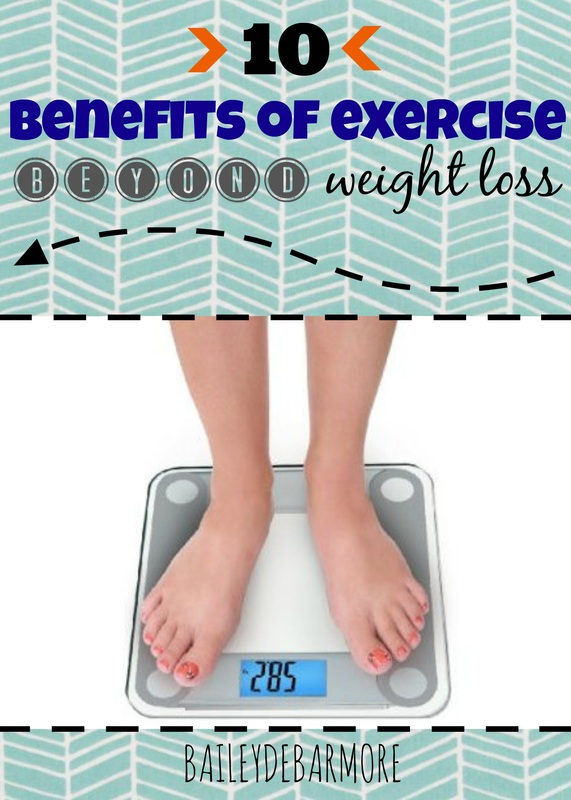
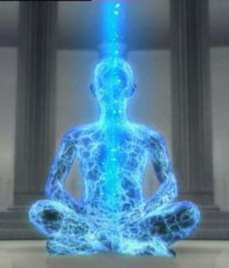
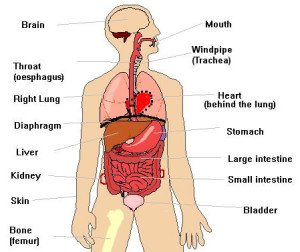
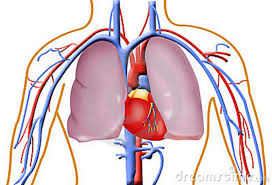
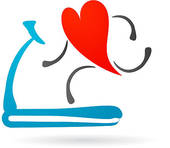
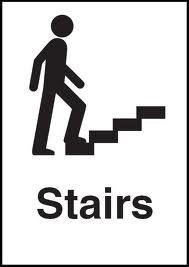
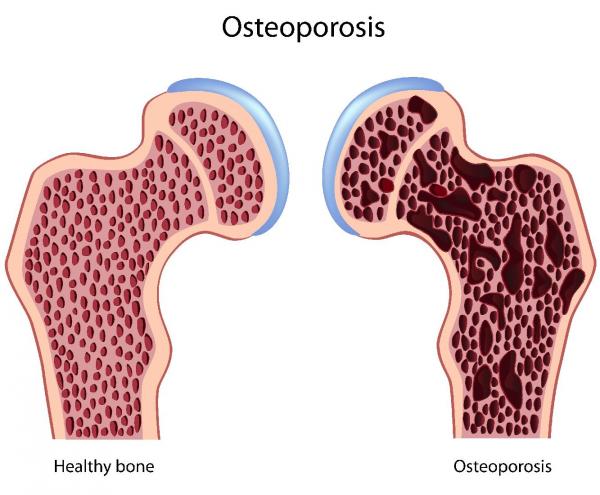
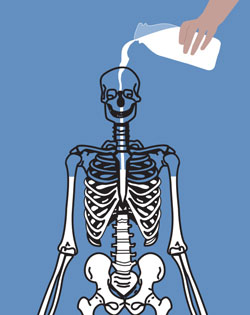
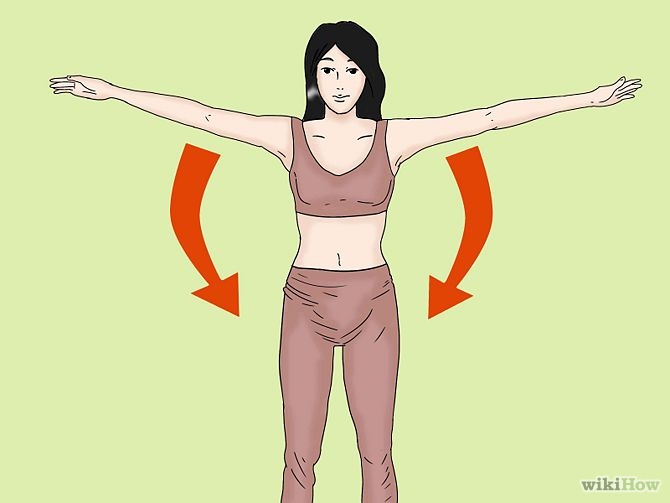
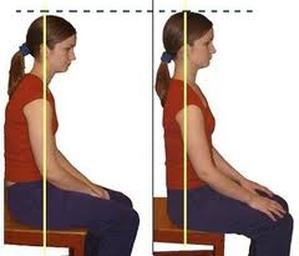
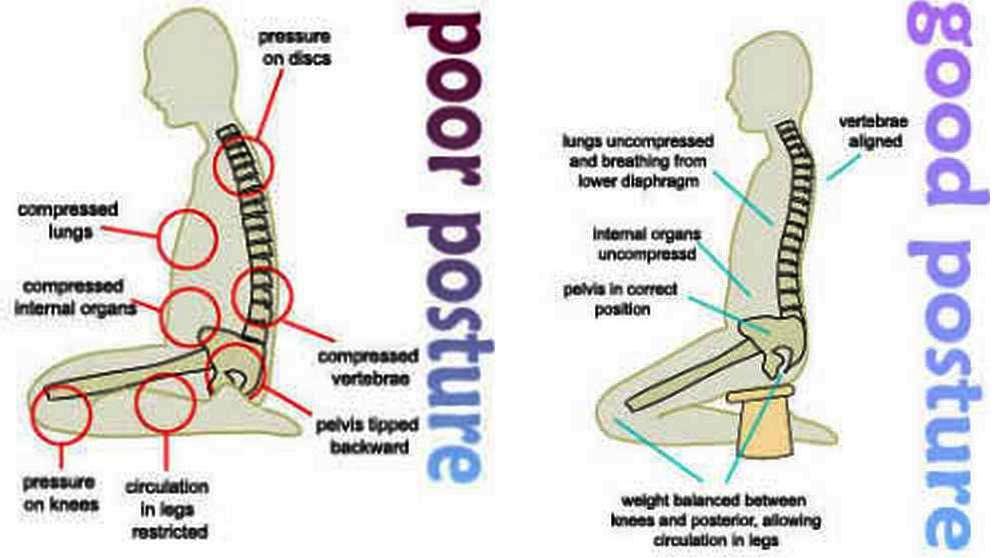
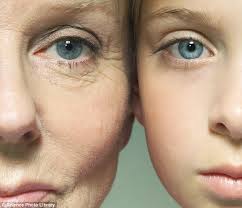
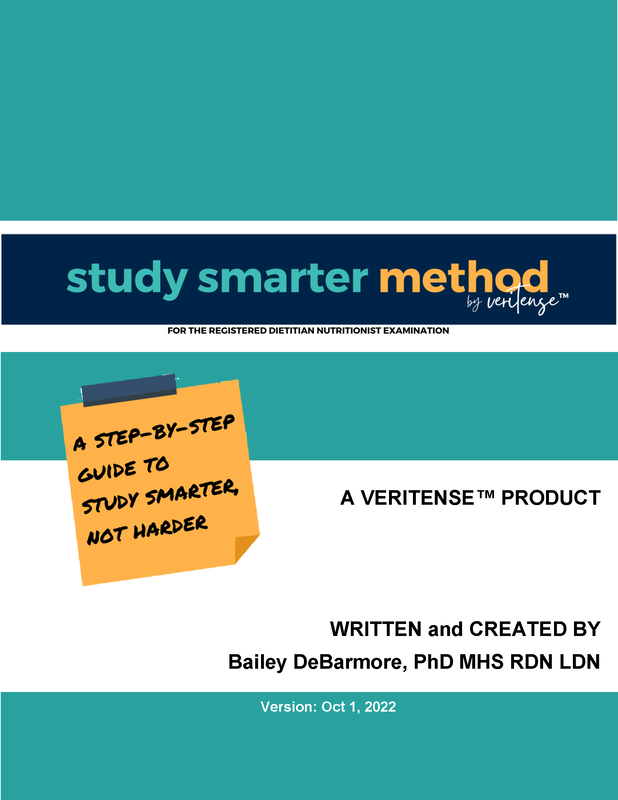

_250px.png)



 RSS Feed
RSS Feed
